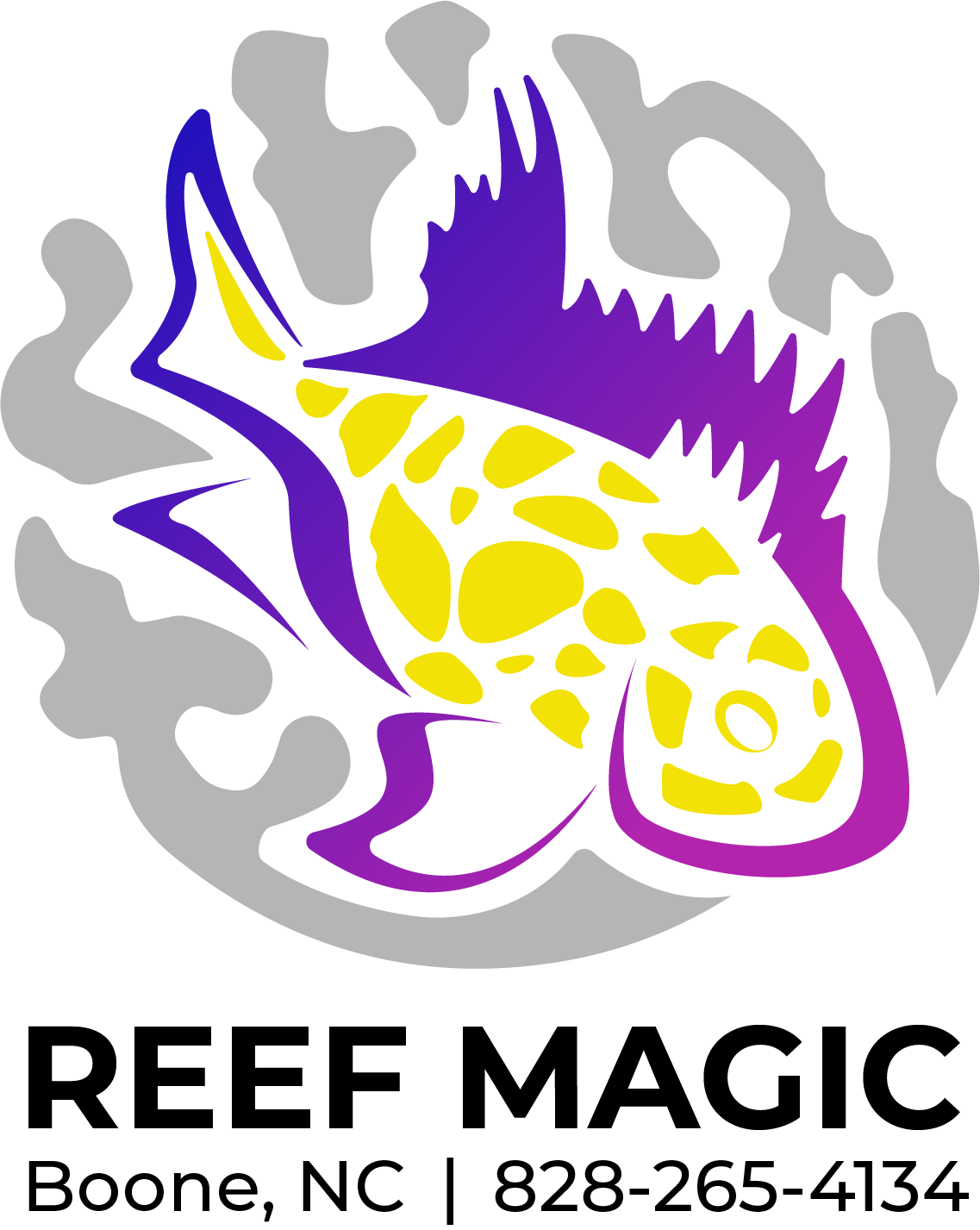 Image 1 of 1
Image 1 of 1


Angel- Midnight
Caring for a "midnight angelfish," which could refer to species like the Midnight Angelfish (Centropyge nox) or other dark-colored angelfish, typically involves providing proper tank conditions, diet, and attention to their behavior. Here are general care guidelines for angelfish with dark or black coloration:
Tank Size: The tank size will depend on the specific species, but a general guideline is a tank of at least 30 gallons for smaller angelfish like the Midnight Angelfish (Centropyge nox). Larger species may require bigger tanks.
Water Parameters:
Temperature: Maintain a stable temperature in the range of 72-78°F (22-26°C).
Salinity: Keep the salinity at around 1.020-1.025 specific gravity.
pH Level: Maintain a stable pH level between 8.1 and 8.4.
Ammonia, Nitrite, and Nitrate: Ensure that ammonia and nitrite levels are at zero, and keep nitrates as low as possible.
Filtration: Utilize a quality protein skimmer and a good-quality filtration system to maintain water quality and remove organic waste.
Lighting: Provide appropriate lighting for your specific angelfish species. Some may be reef-safe and can be kept in a reef tank, while others may not be.
Diet: These angelfish are generally omnivorous. Provide a varied diet that includes high-quality flakes, pellets, frozen foods, and live or frozen brine shrimp, mysis shrimp, and other small invertebrates. Their dietary requirements may vary by species, so research the specific needs of your angelfish.
Compatibility: Some angelfish can be territorial, especially as they mature. Be cautious when adding other angelfish, and monitor their behavior with tankmates. They may also nip at certain corals or invertebrates, so choose tank companions carefully.
Hiding Spots: Offer plenty of hiding spots, like live rock or caves, for your angelfish. This can help reduce stress and aggression.
Quarantine: Always quarantine new arrivals before introducing them to the main tank to prevent the spread of diseases or parasites.
Observation: Keep a close eye on the health and behavior of your angelfish, as well as their interactions with other tank inhabitants. Look for signs of stress, illness, or abnormal behavior.
Remember that specific species of angelfish may have unique care requirements, so it's crucial to research and provide the appropriate care for your particular species of "midnight angelfish" to ensure their well-being in your aquarium.
Caring for a "midnight angelfish," which could refer to species like the Midnight Angelfish (Centropyge nox) or other dark-colored angelfish, typically involves providing proper tank conditions, diet, and attention to their behavior. Here are general care guidelines for angelfish with dark or black coloration:
Tank Size: The tank size will depend on the specific species, but a general guideline is a tank of at least 30 gallons for smaller angelfish like the Midnight Angelfish (Centropyge nox). Larger species may require bigger tanks.
Water Parameters:
Temperature: Maintain a stable temperature in the range of 72-78°F (22-26°C).
Salinity: Keep the salinity at around 1.020-1.025 specific gravity.
pH Level: Maintain a stable pH level between 8.1 and 8.4.
Ammonia, Nitrite, and Nitrate: Ensure that ammonia and nitrite levels are at zero, and keep nitrates as low as possible.
Filtration: Utilize a quality protein skimmer and a good-quality filtration system to maintain water quality and remove organic waste.
Lighting: Provide appropriate lighting for your specific angelfish species. Some may be reef-safe and can be kept in a reef tank, while others may not be.
Diet: These angelfish are generally omnivorous. Provide a varied diet that includes high-quality flakes, pellets, frozen foods, and live or frozen brine shrimp, mysis shrimp, and other small invertebrates. Their dietary requirements may vary by species, so research the specific needs of your angelfish.
Compatibility: Some angelfish can be territorial, especially as they mature. Be cautious when adding other angelfish, and monitor their behavior with tankmates. They may also nip at certain corals or invertebrates, so choose tank companions carefully.
Hiding Spots: Offer plenty of hiding spots, like live rock or caves, for your angelfish. This can help reduce stress and aggression.
Quarantine: Always quarantine new arrivals before introducing them to the main tank to prevent the spread of diseases or parasites.
Observation: Keep a close eye on the health and behavior of your angelfish, as well as their interactions with other tank inhabitants. Look for signs of stress, illness, or abnormal behavior.
Remember that specific species of angelfish may have unique care requirements, so it's crucial to research and provide the appropriate care for your particular species of "midnight angelfish" to ensure their well-being in your aquarium.






